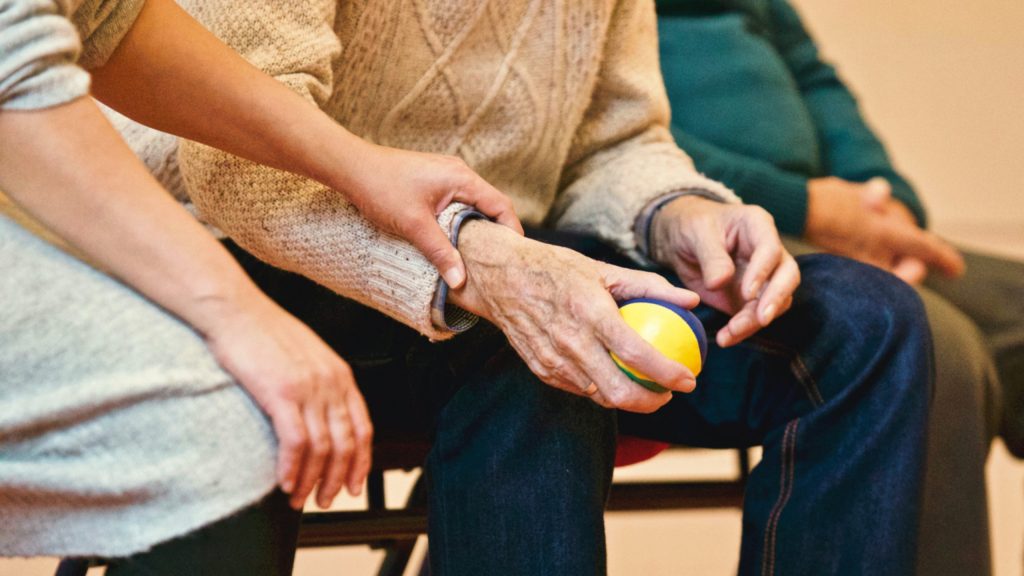Sharing Yourself
Self-disclosure in partnerships creates a sense of closeness and trust and adds credibility to the support you offer (Lussier & Richard, 2007). We share ourselves because it strengthens partnerships with families.

On Sharing Yourself
The benefits of intentionally sharing yourself with families extend beyond the trusting connection you are building (Lussier & Richard, 2007). Sharing yourself invites:
- Healing: alleviating pain and shame by acknowledging circumstances, impact, and outcomes,
- More sharing: offering more information they might have,
- Validation: feeling acknowledged and understood, and
- Continued partnering: increased motivation to utilize behavioral health support.
What You Share, When You Share
Sharing yourself is a cornerstone in any partnership. You are being honest and vulnerable by offering your observations, impressions/opinions, feelings, and/or lived experience. Here are some “I statement” starters for sharing your:
- Observations: “I notice…” “I observe…”
- “I notice when I ask about your work, you change the subject.”
- Impressions/opinions: “I get the impression…” “I’m sensing…”
- “I’m sensing you don’t want to talk to me about work.”
- Lived experience: “I share your experience of…”
- “I have also been unsure about talking to others about my work.”
- Feelings: “I’m starting to feel…” “I continue to feel…”
- “I feel it’s important to understand this from your perspective. Do you feel comfortable telling me more?”
How You Share What You Share
Deciding what parts of yourself to share with individuals and their families, remember what you share should be:
- Timely: you have an invitation or permission to share
- “Would it be ok if I shared something with you?”
- Succinct: you keep the focus on the individual and family
- “Your time is precious, so I’ll briefly share…”
- Relevant: you perceive their curiosity about your experiences, thoughts, and/or observations
- “I can share a little bit about something similar I faced.”
The “Sharing Sandwich”
The “Sharing Sandwich” is a visual reminder to embed your self-disclosure between two layers of information (Farkas, et. al. 2016) focused on the individual and their family’s experiences and goals.

The three components of the “Sharing Sandwich” are:
- Focus on Individual and Family +
- Self-Disclosure +
- Focus on Individual and Family
Example 1: “Sharing Your Opinion Sandwich”
Scenario: An individual with whom you are working, Maya, and her family are in disagreement about her readiness to return to college. They ask for your opinion.
Focus on Individual and Family: “Maya, you’ve shared that you value being a student, and you feel returning to school will support your overall wellness. Your family, on the other hand, feels unsure about your readiness to return.”
Self-Disclosure: “I remember my family feeling nervous about my return to college after a difficult freshman year. Honestly, I felt a little nervous too.”
Focus on Individual and Family: “As a starting point, perhaps we could collectively define ‘readiness’ and identify markers of ‘readiness’ for a return to college.”
Example 2: “Sharing Your Experience Sandwich”
Scenario: Tré, an individual with whom you are working, and their family express concern that they aren’t getting the attention and support they want and deserve.
Focus on Individual and Family: “Tré, your health is the priority in this partnership, and you’re disappointed with the support you’re getting here.”
Self-Disclosure: “I’m remembering times when my expectations for behavioral health support weren’t met, and I felt mistreated and frustrated.”
Focus on Individual and Family: “Can you tell me more about what you’d like to be going differently in this partnership?”
Practice Pause: Sharing Your Observations
On Sharing Space
Sharing yourself also involves sharing the spaces you occupy with individuals and families. We recommend creating environments that promote partnership by facilitating open communication, inclusion, and transparency by:
- Authentically sharing spaces: designating spaces that all people are able and welcome to access and occupy
- e.g., cafeteria/kitchen, restrooms, etc.
- Removing unnecessary materials that signal power: creating a neutral, comfortable, and welcoming workspace
- e.g., clipboard, medical tools, posted degrees, etc.
- Eliminating desks/furniture that create physical barriers between you and others: maintaining a workspace that fosters open connection and communication
- e.g., desks positioned between you and others, etc.
- Making all notes taken and materials during meetings visible: sharing meeting notes and explaining how they can be made available
- e.g., shifting a computer screen to be visible to all, etc.
Navigate to Next Page: Click 4